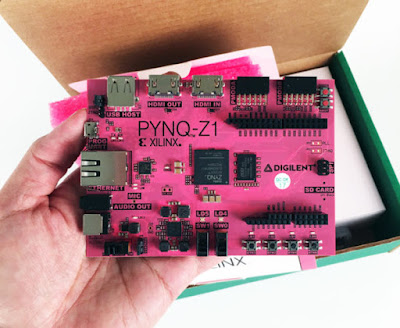Utilizing the Raspberry Pi GPU Horsepower

Doing a little research on special purpose computation, I found it is possible to reprogram the Raspberry Pi GPU to do some powerful calculations. The Raspberry Pi 12 cores GPU (more properly called Quad Processing Units (QPUs) ) it has theoretical max performance of 24 GPFLOS Theres an advanced book titled: Raspberry Pi GPU Audio Video Programming by Jan Newmarch in which he states: " The GPU is capable of 1 Gpixel/s, 1.5 Gtexel/s, or 24 GFLOPs of general-purpose compute and features a bunch of texture filtering and DMA infrastructure " Here's a list of related articles and code libraries: Broadcom released documentation on their proprietary GPU some time ago, the file is no longer available on their site, some of the material below may be based on that dated material. GPU Accelerated Object Recognition on Raspberry Pi 3 & Raspberry Pi Zero (not source so far) Hacking The GPU For Fun And Profit (Pt. 1) 2014 Python library


